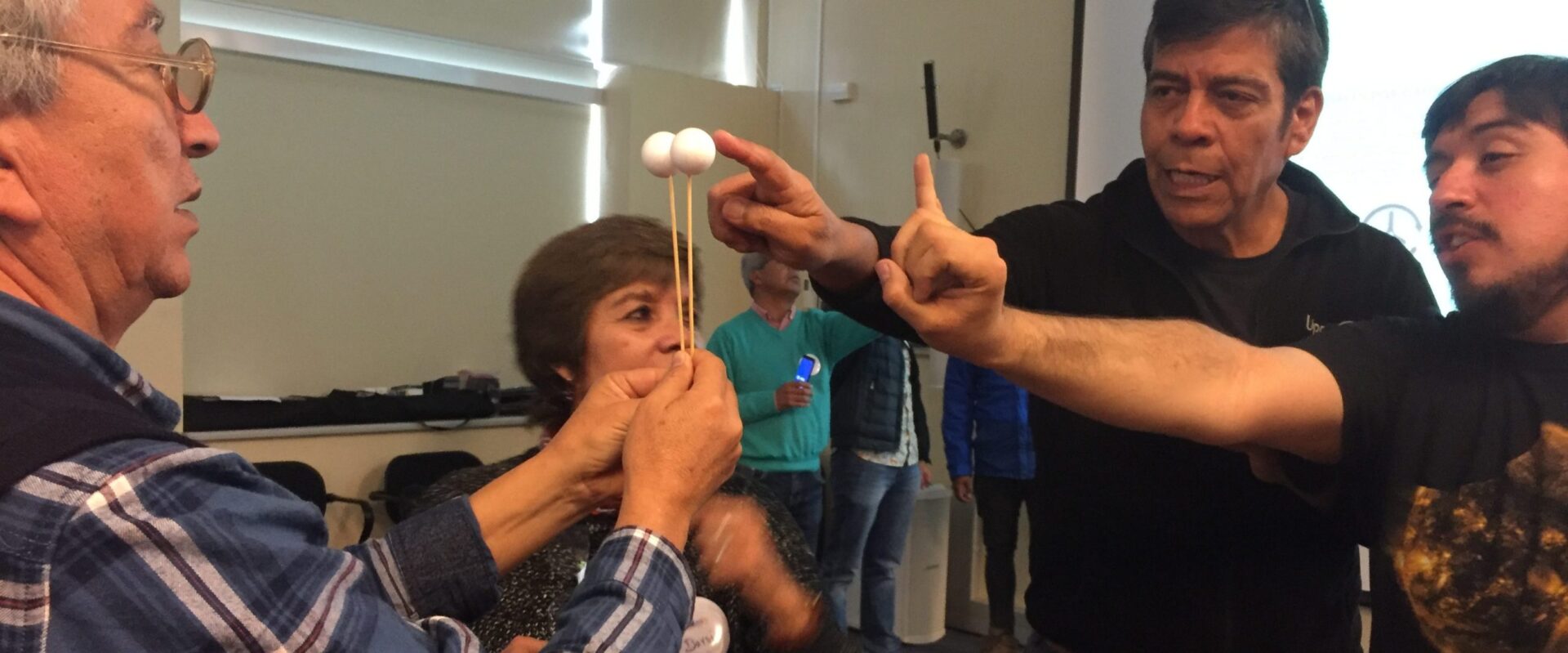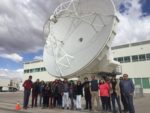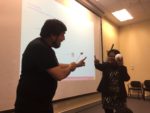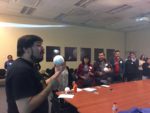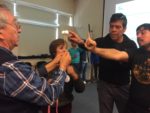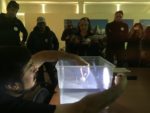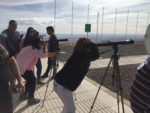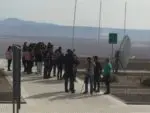Teachers near ALMA learn eclipse-related activities
How can we determine the distance between the Moon and the Earth? How can we explain the occurrence of eclipses? How can we observe them safely? These are some of the questions that were addressed through practical activities that formed part of the workshop “The day when the Sun hides, Why do eclipses occur?” The workshop was held by Sergio Vásquez, astronomer from the Mirador Interactive Museum (MIM), at the ALMA Observatory facilities, located near San Pedro de Atacama.
On this occasion, the students were elementary and high school teachers from towns near ALMA, including Toconao, San Pedro de Atacama, Calama, and from as far as Antofagasta, who came to learn how to use didactic tools to teach their students about astronomical phenomena related to the solar eclipse that will occur on July 2.
“The workshop was very interesting and helps us as teachers to replicate the experiences so that our students can observe the solar eclipse in a way that is both entertaining and safe,” says Hugo Mario Gómez, teacher from the school Marta Narea Díaz A17 in Antofagasta. “It also inspired us to share our learnings with the community in general at a stand that we will set up next June 6 in the Toconao Plaza,” says Cristina Leiva, technical educational unit supervisor for the Toconao Educational Complex.
Teachers learned to use materials such as tubes, mirrors, Styrofoam balls and rope in workshop activities on May 9 at the ALMA Observatory, which they were then able to take back to their schools in preparation for the solar eclipse.
“The best thing was that this workshop planted the seed for possible activities in the future. It was great to hear how teachers are already thinking about how to apply these activities in other contexts. Truly an excellent experience!!” concludes Sergio Vásquez, MIM astronomer and workshop teacher.
Additional Information
ALMA is a partnership of ESO (representing its member states), NSF (U.S.) and NINS (Japan), along with NRC (Canada), NSC and ASIAA (Taiwan), and KASI (Republic of South Korea), in cooperation with the Republic of Chile. The Joint ALMA Observatory is operated by ESO, AUI/NRAO and NAOJ.
Images
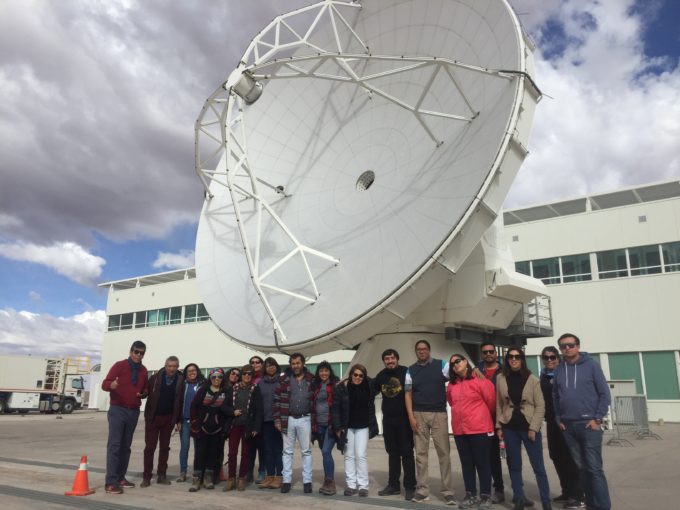
Workshop with teachers at ALMA. Credit: V. Foncea - ALMA (ESO/NAOJ/NRAO)
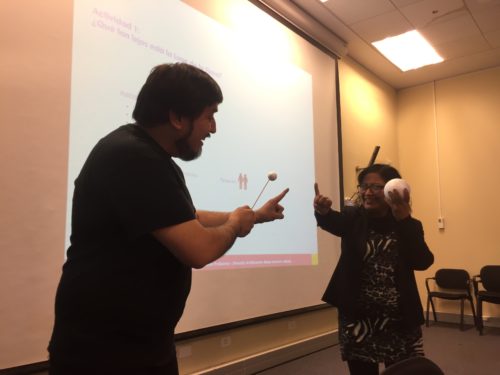
Workshop with teachers at ALMA. Credit: V. Foncea - ALMA (ESO/NAOJ/NRAO)
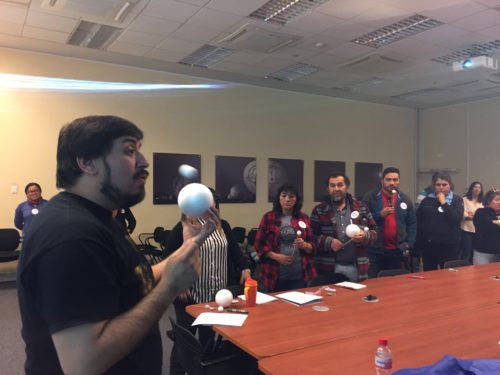
Workshop with teachers at ALMA. Credit: V. Foncea - ALMA (ESO/NAOJ/NRAO)
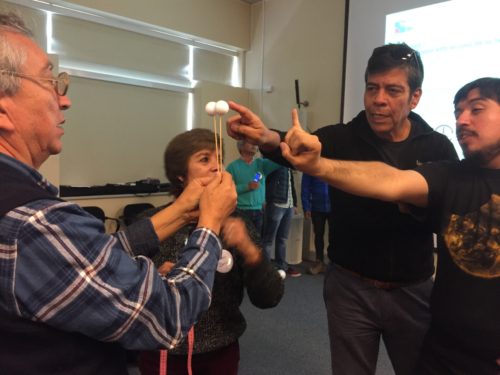
Workshop with teachers at ALMA. Credit: V. Foncea - ALMA (ESO/NAOJ/NRAO)
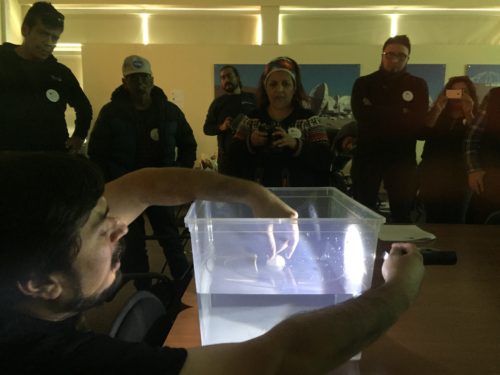
Workshop with teachers at ALMA. Credit: V. Foncea - ALMA (ESO/NAOJ/NRAO)
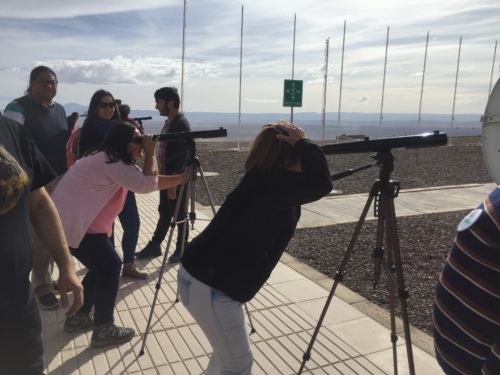
Workshop with teachers at ALMA. Credit: V. Foncea - ALMA (ESO/NAOJ/NRAO)
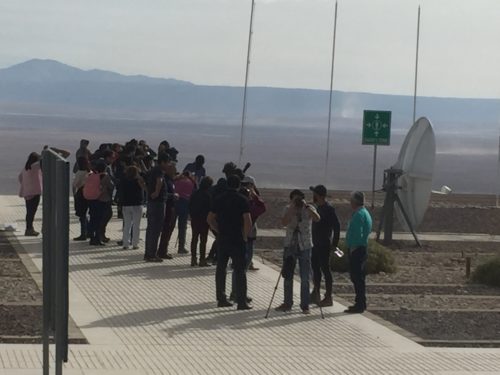
Workshop with teachers at ALMA. Credit: V. Foncea - ALMA (ESO/NAOJ/NRAO)
Contacts
-
Valeria Foncea
Education and Public Outreach ManagerJoint ALMA Observatory Santiago - ChilePhone: +56 2 2467 6258Cel: +56 9 7587 1963Email: valeria.foncea@alma.cl
